Data storytelling and creative force-fitting
Part 5: How to make a PR data story with zero budget
Recap: The alchemy – story gold from base metals
It’s the final instalment of this PR data storytelling series and that means it’s time to touch on the dotted line around the edge of our diagram; Creative Force-Fitting.
Why try creative connections with force-fitting?
First, there’s nothing wrong with a right-on-the-nose story that connects our three ingredients.
It’s COP29 + we’re an online tech recycling brand + data on the least recycled tech devices by country = story about need for better ‘right to repair’ legislation.
No creative force-fitting, just a straight shot at an open goal.
But we want to grow: our reach, our potential audience connections, our backlink variety and referring domains, for the stories we create.
So for some of the story plan we want to stretch out, make new creative connections.
Making the creative connection with force-fitting
Okay, ‘force-fitting’ might be a bit too strong – we’re not trying to cram a square peg into a round hole. But – often – the cutest stories str-e-e-e-etch out to make a connection that isn’t immediately obvious. Stretch too far, and you have a connection that is too tangential.
For us the creative storymaking exercise starts with either
The Data Insight
And works back to a Brand Topics connection.
As an example, we’ll use the ‘Cycle To Work’ brand – and its topics – and show what we mean.
Start with the Pop Culture Moment
From the calendar planner, choose an unobvious event – like:
Glastonbury.
Explode the Glasto topics that the media enjoy talking about every year, and pretty quickly you’ll get to: travel chaos stories.
And since our ‘Cycle to work’ brand would like to tell stories about commuting which = using bikes for transport.
So, to complete the connection-making, can we find data about:
- modes to transport to the festival?
- how many people travel each mode?
- does anyone cycle to the festival?
- how’s it changed over time?
- are there ‘green’ incentives from the organisers to cycle?
- do trains / buses allow bikes?
A quick search of the published Festival Impact Report shows us that there is an incentive scheme, and that travel data exists – and bikes are part of the mix.
“We continue to work hard to encourage our Festival-goers to use public transport. Over 40,000 people arrive by coach, train or bicycle each year, dramatically reducing the potential carbon footprint from transport.”
It’s not enough to build a story but with a bit more digging we should be on our way to gathering data-picture of how many people cycle, and whether it has changed over time.
Start with the Data Insight
Regularly checking in with the range of data sources can give a start-point for a story.
Finding this YouGov survey – even though the data itself is not very fresh (2017 survey) – reveals a cycling-safety issue that you might not have been aware of. (Being hit with opening car doors).
Plus - a ‘solution’ that we certainly weren’t aware of – the “Dutch reach”.
Enough to start thinking of a cycle safety campaign issue.
With a bit of further data investigation we could find the (up-to-date) accident stats caused by car doors – building on these stats reported by the AA.
“Around Britain there were four cyclists killed and 2,565 injured by hitting vehicle doors between 2010 and 2016.”
We’ve now got two separate data sources surrounding the issue (YouGov attitudes + DoT accident stats, over time) – and a string of other potentially useful places to look for more (each article supplies links to their sources) – like this Crash Map.
So, as we build the story - we’re left to look for a potentially news-hooky Pop Culture moment to target for our emerging story. Could be one for the ‘back to school’ news hook?
That’s it
Over Parts 1 – 5 we’ve tried to show how to make story gold out of the key ingredients – keep practising and as data-crunching skills increase the scope to find new angles and opportunities for brand stories will keep growing.




